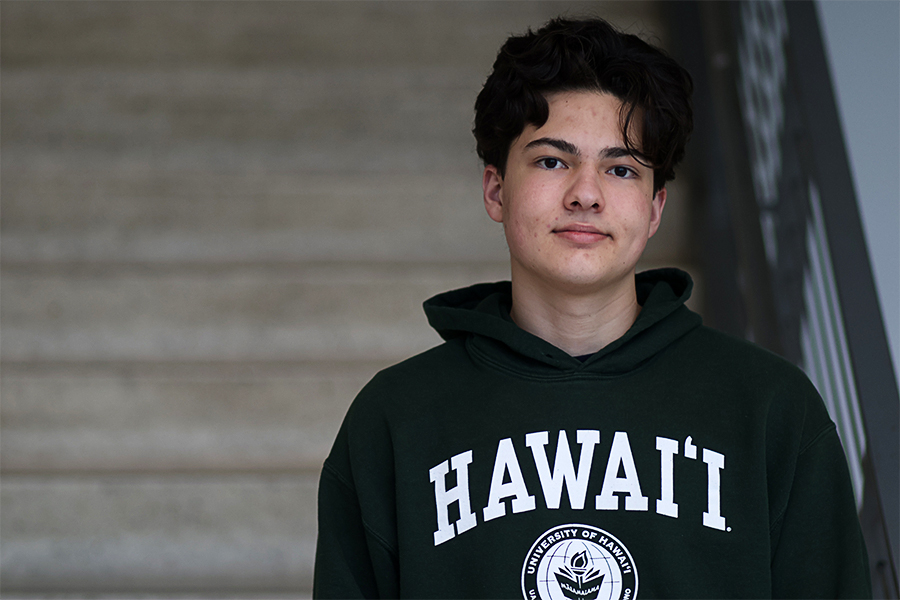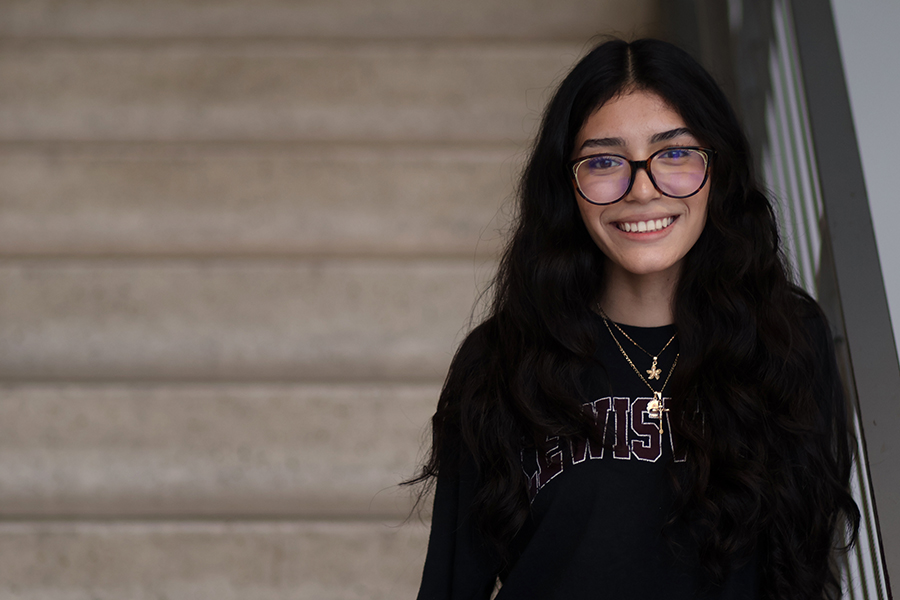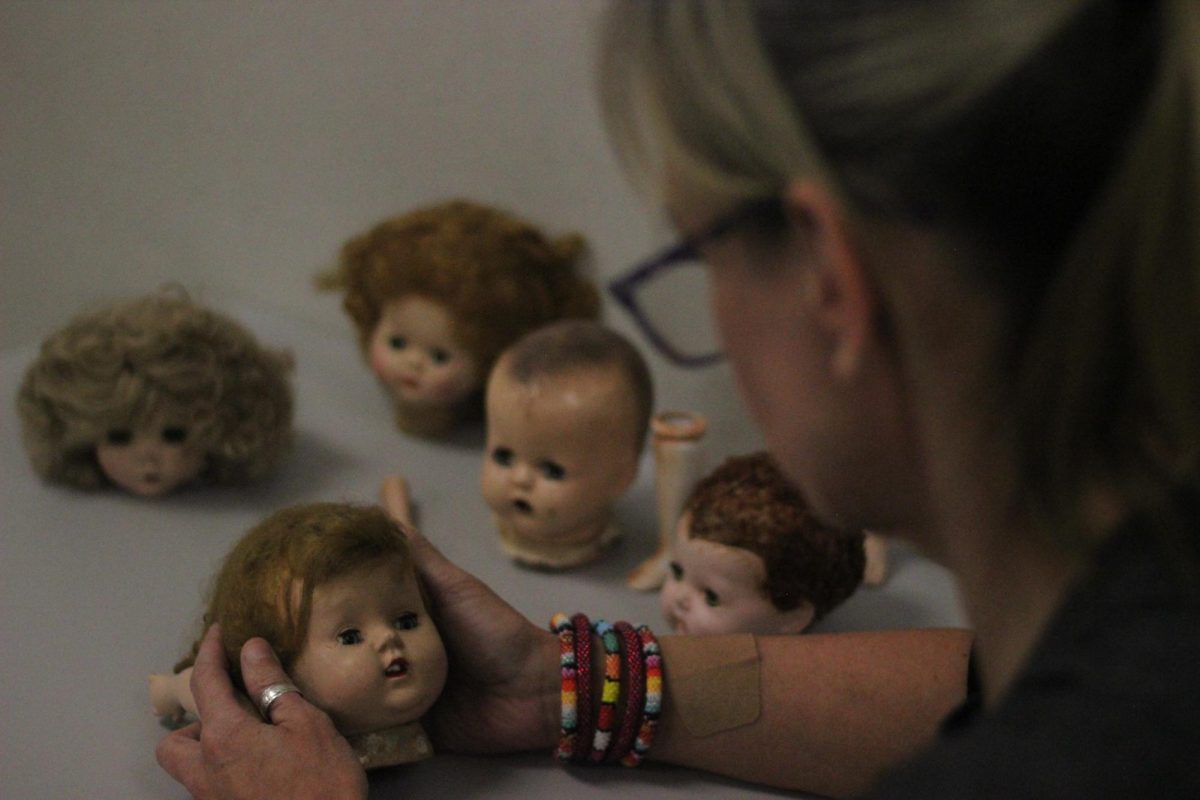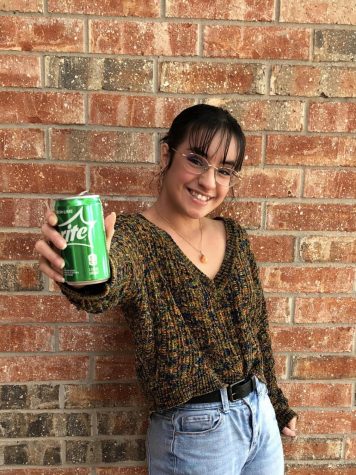In an age of body positivity, plus-sized models and frequent mention of the overarching importance of self-love, one concept prevails: the “one size fits all” ideal.
The term, despite perpetual backlash, continues to prevail in modern day fashion.
Although there continues to be a push for body positivity and plus-size models, corporate brands like Brandy Melville and Urban Outfitters stick to the toxic “one-size fits all” ideal.
Companies like Brandy Melville often contradict their mission statements. While claiming to create clothing “for free-spirited, youthful young women of all body types,” the reality is offering a single size cannot possibly accommodate the differing needs of each individual woman.
Brands that establish their foundations through discriminatory principles not only promote exclusivity but unintentionally promote eating disorders, such as anorexia and bulimia.
According to the U.S. Department of Health & Human Services, girls are at a higher risk in terms of developing an eating disorder than boys and 80% of adolescents and young adults with bulimia are female.
Oftentimes, mainstream companies rely on varying forms of social media for promotion of their brands. Brandy Melville is known for its online presence and for their “Brandy Girls,” or models. The “Brandy Girl” is essentially different variations of the same girl: a white, thin, typically blonde Californian. By establishing a fun, quirky, “girl next door image,” they successfully capture the attention of young girls.
It isn’t just the fact that the body type depicted online is unrealistic, it’s the fact that most of the “Brandy Girls” are teenagers. The teenagers photographed online are often under-developed, displaying an image that is inaccurate and, once again, uninclusive.
Though the targeted demographic is young girls, it is important to recognize what a pivotal point adolescence can be. Teenage girls are still developing, both physically and mentally. With age comes the additional component of vulnerability, making the constant promotion of a thin figure a menace to the health of teens.
Despite the need for bigger sizes, the “one size fits all” items of clothing are typically only fitting for a handful of women, for those who are a size small. According to Time Magazine, 67% of American women wear a size 14 or above, and the majority of stores don’t carry those numbers.
While we live in a rising society of progression and increasing use of social media for change, there is no doubt the way we showcase body image should improve. We must use social media as a tool to demonstrate true inclusivity and spread the message that beauty comes in all shapes and sizes.

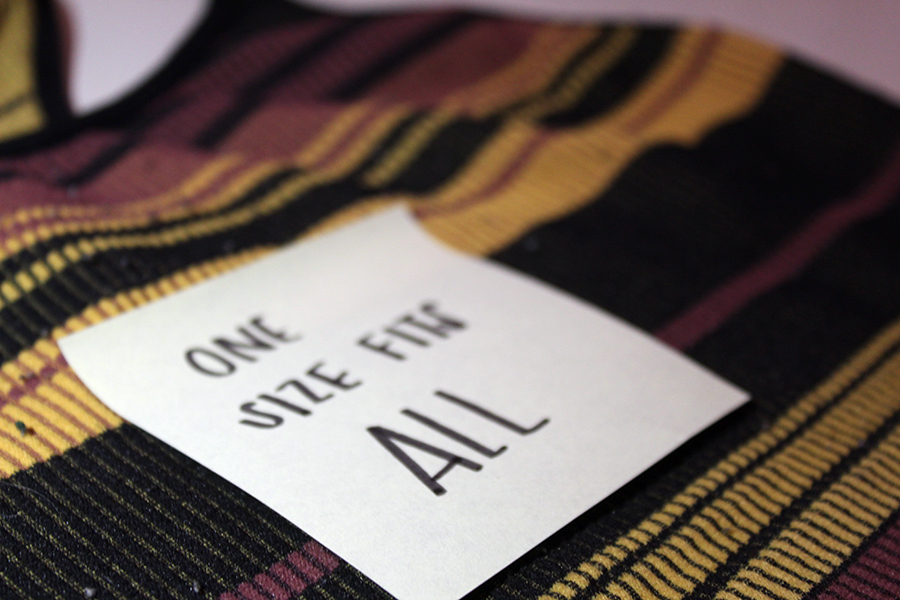


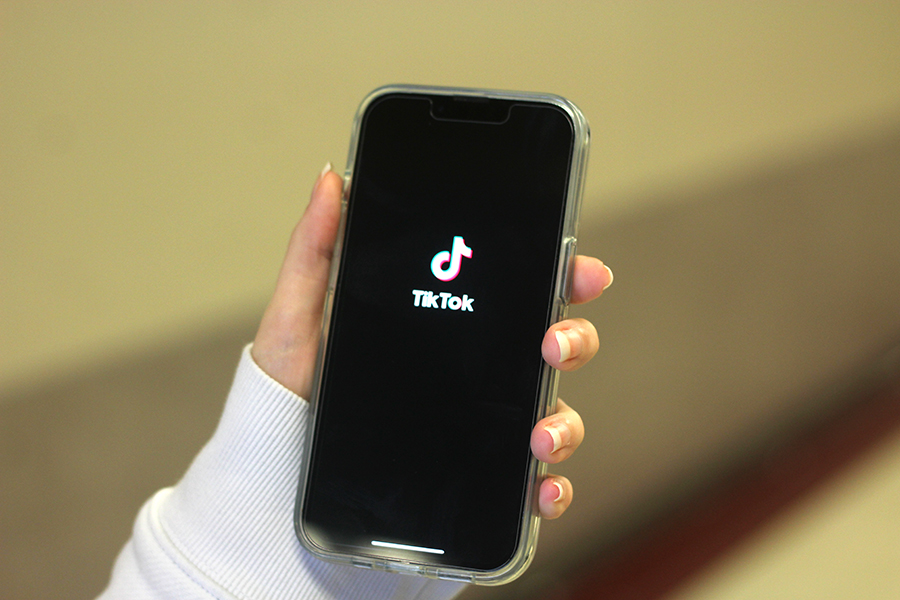
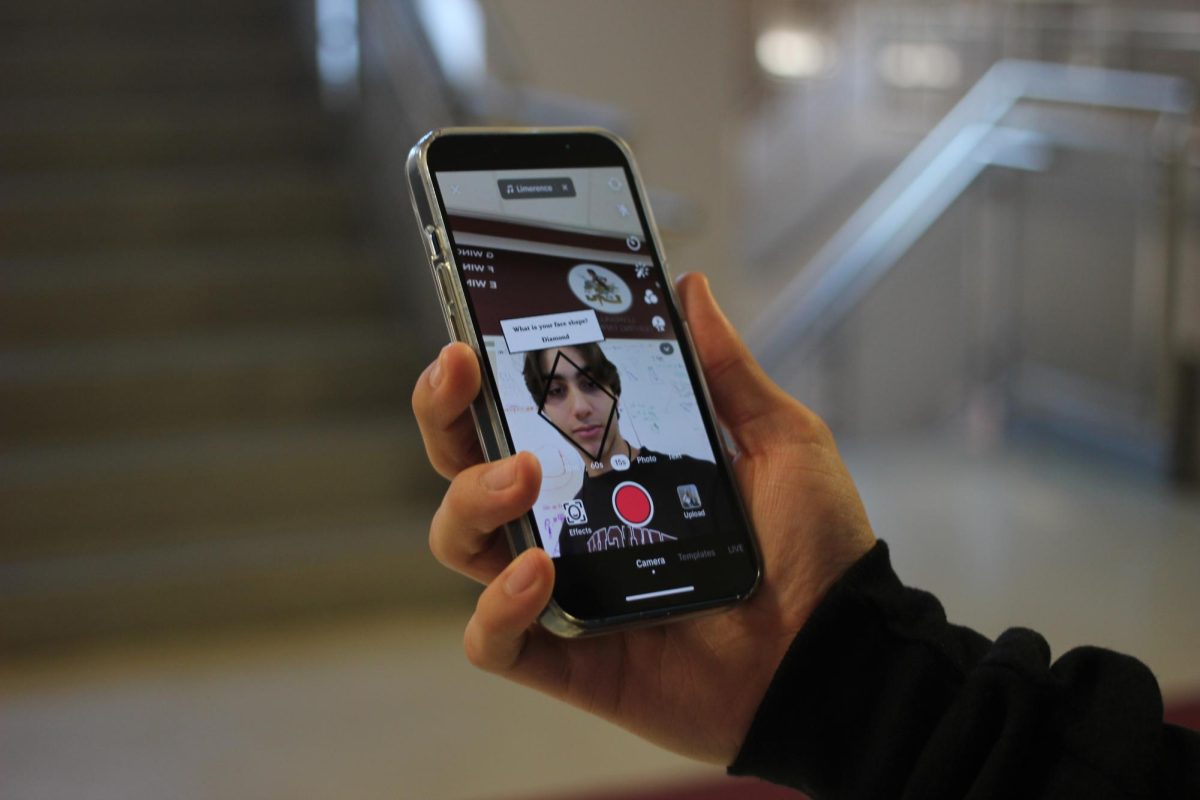

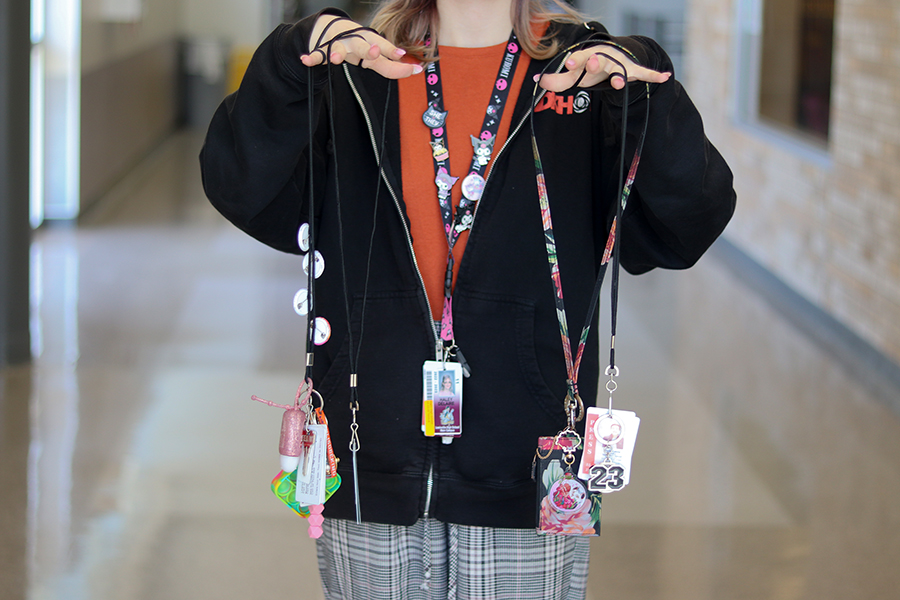

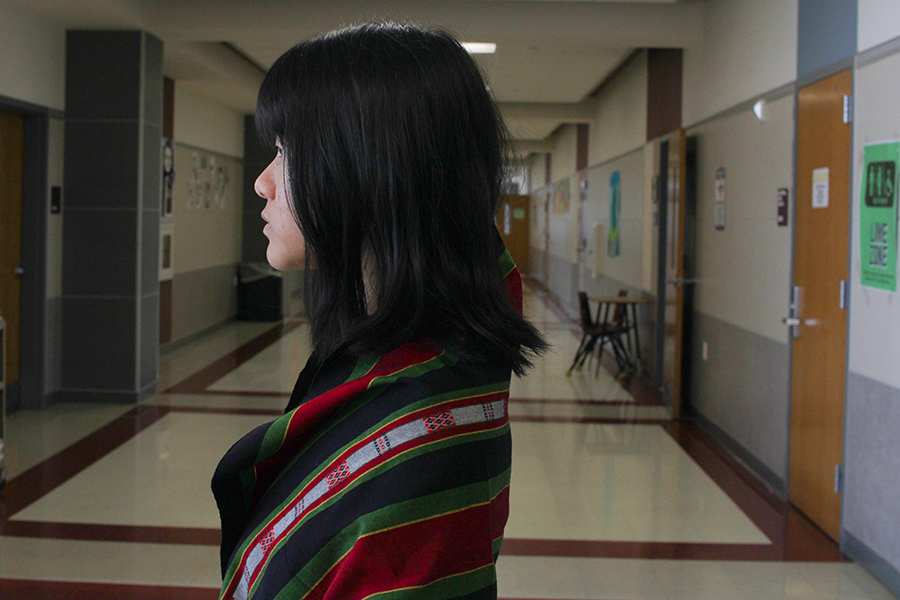



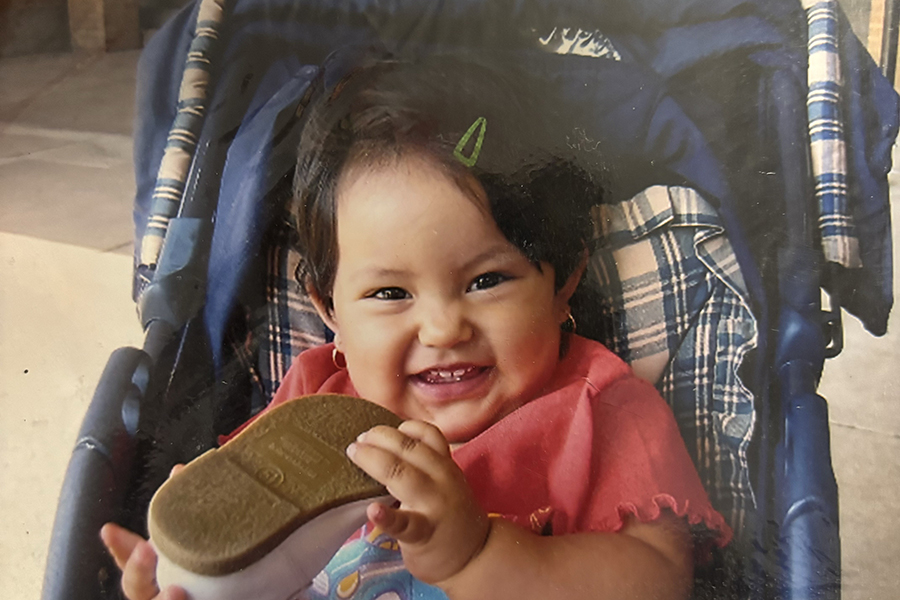
!["I hope to become fond [of] and understand the new dynamic of a life where I don't really have boundaries set by another person, but rather more of a liberal freedom."](https://farhar.net/wp-content/uploads/2025/05/topten9.jpg)


